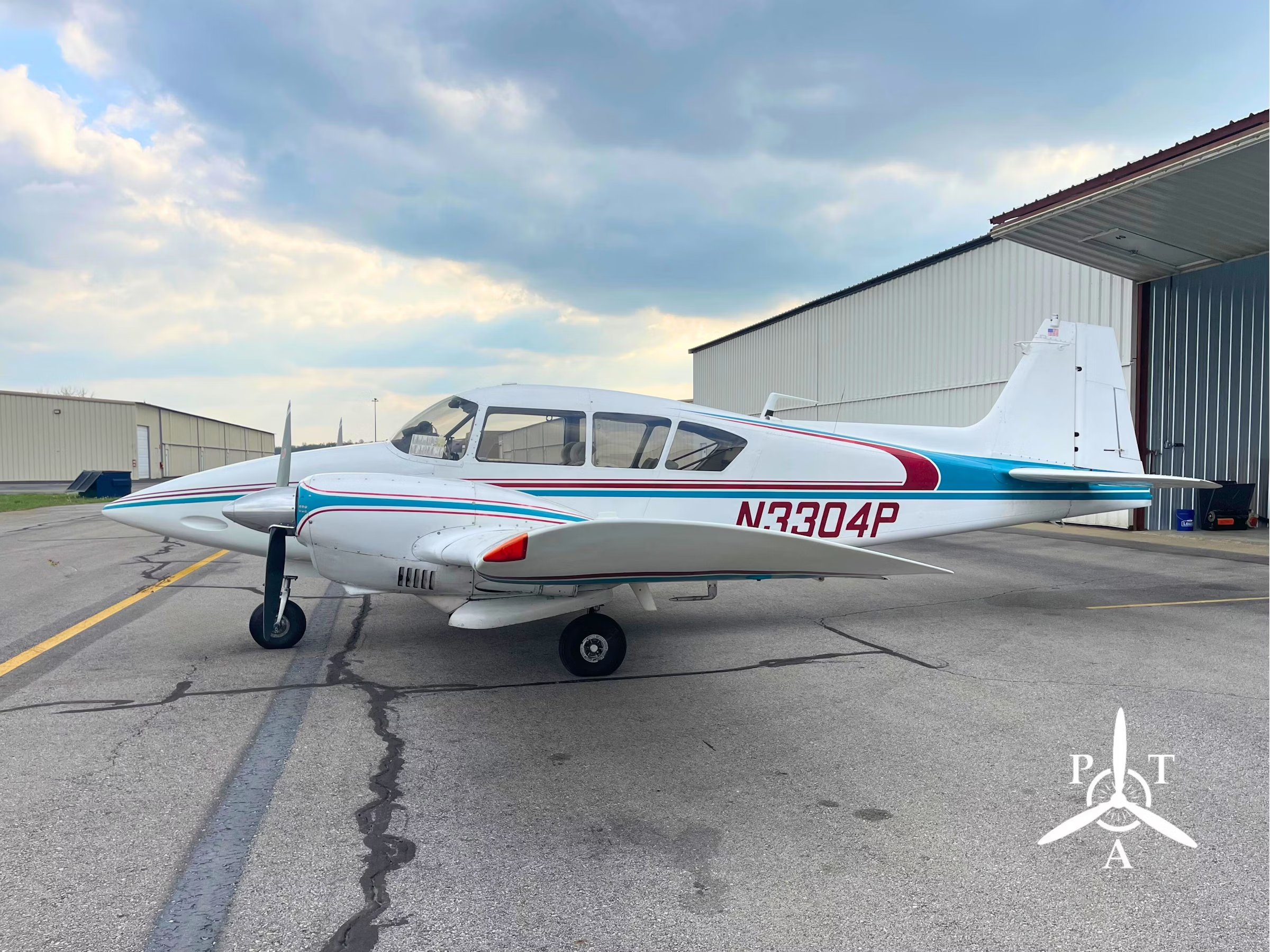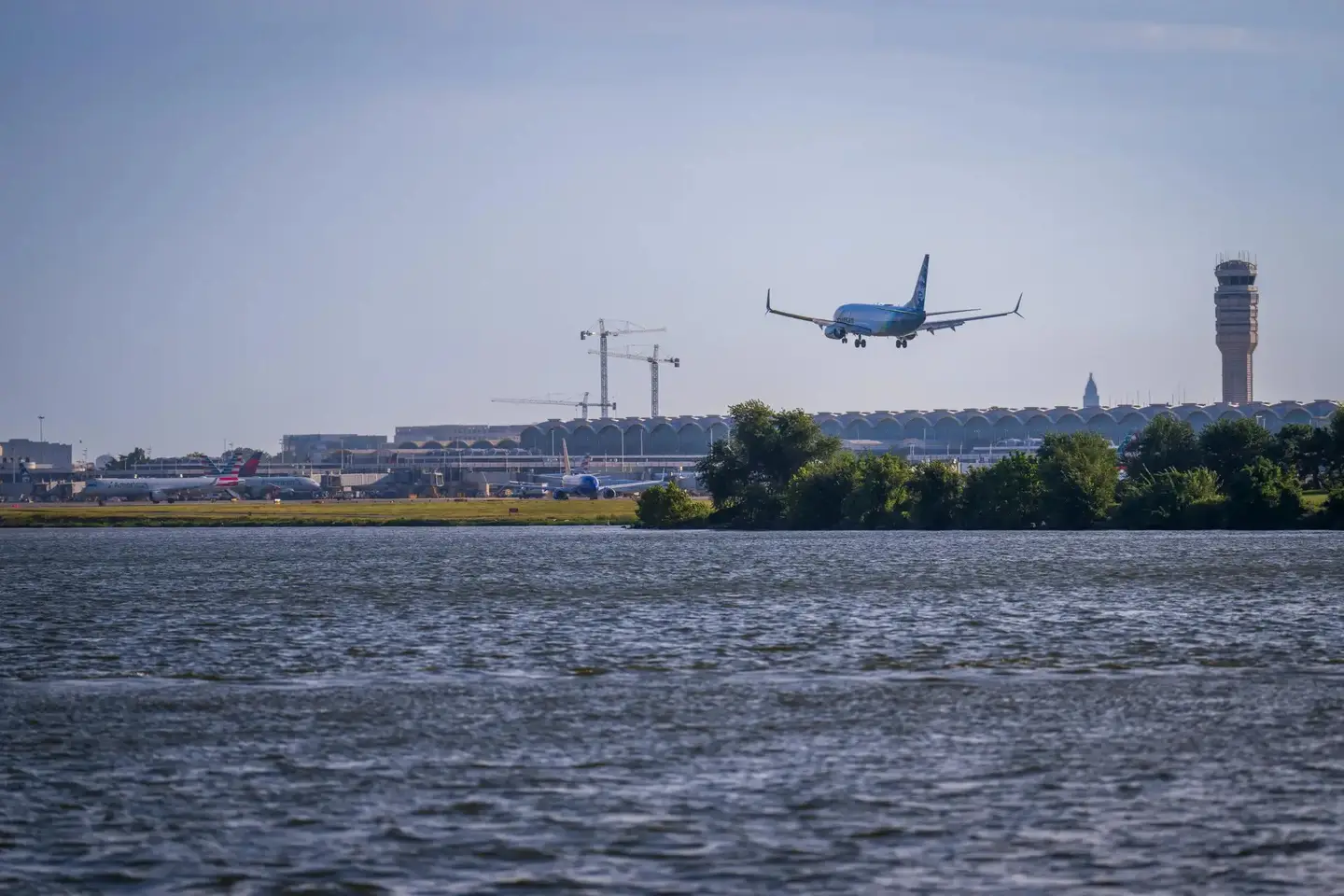
There was a lot of hype leading up to the day of the solar eclipse yesterday, when the sun was momentarily entirely blocked by the moon, turning day to night in a narrow but complete path across the United States. Having heard from my parents about their experiences with a full eclipse decades ago, I felt I had to do all I could to check it out. These opportunities don’t present themselves often.
Unfortunately, the path of totality was nowhere near my home in Southern California. So I packed some stuff and my son into my airplane and headed north. Way north. I had to fly all the way through California into Oregon in order to reach the target.
I booked a hotel in the town of Ashland, Oregon, which ironically was completely surrounded by wild fires and, as a result, completely covered in smoke and ash. The visibility was so poor, right at 3 miles, that I initially missed the airport. Thank goodness for my upgraded panel, which helped me out not only in helping me find the airport, but also in avoiding the many fire TFRs in the area.
We landed and the entire transient parking area was loaded with airplanes. There were only a handful of spots left and fortunately they still had fuel. To get ready for departure the next morning, I topped the airplane off and put in a quart of oil.
After a fun evening, complete with an eclipse event for kids, and a restful sleep, I was woken by several airplanes departing before 7 am. Apparently they were flying somewhere else to watch the eclipse from the ground. I decided to see it from the air and then head straight back home. It turned out to be a great plan.
I turned the Mooney toward the path, somewhere between Madras Municipal Airport (S33) — an eclipse destination with a temporary tower and where hundreds of airplanes had landed — and Grant County Regional (KGCD) airport. With totality expected at 10:20 am in the area, we took off just before 9 am. That gave us enough time to fly around the TFRs and throttle back some to arrive on the path of totality about 10 minutes before the eclipse. I was not surprised to see other airplanes on the path, but being somewhat in the middle of nowhere, I was surprised at the number of targets that showed up on my Aspen MFD, Avidyne navigator and L-3 Lynx transponder. I was again thankful for my panel and I was able to find a nice scenic spot over which to circle, with no other airplanes within striking distance.
My son and I put on our eclipse glasses briefly and marveled at the moon inching its way over the solar disc. The light outside began to dim as totality neared, but it was barely dusk-like – similar to the magic hour for photography. But then, suddenly, the skies and ground turned very dark and we were able to look at the sun without the glasses. Wow. What a sight to see – the corona of the sun – just like I had seen in many pictures before. The smoke in the area had created an ominous layer below which there was still a sliver of light along the horizon. In the far distance we could see the faint outline of one of the volcanoes in the Cascade mountains.
I had hoped to extend the experience of totality by flying east, but tracking totality ended up being an exercise in futility. I met a man in Ashland with a Lancair Legacy – an airplane that is much faster than my M20C – and he said his plan to follow the eclipse would only extend totality for a few seconds. In fact, looking at the solar eclipse times at airports on the path of totality on an app called EclipseFlite and comparing them to the distance between those airports, I would have needed to fly at 1,780 knots in order to keep up with the eclipse. An SR-71 Blackbird would have barely kept up at full speed.
After a little more than 2 minutes of darkness, as quickly as the skies turned black they brightened again. The blue icons on the avionics screens scattered in all directions and I turned my Mooney south.
With a stop for lunch at the Columbia airport (O22) on the way up to Ashland and in Minden, Nevada, (KMEV) on the way home, the total flight time added up to right around 11 hours. That’s a lot of fuel burned for a 2-minute event. But, hey, why else do I have an airplane? And many others seemed to have agreed. I think the eclipse may have eclipsed most events in terms of encouraging people to take a long cross country flight. There is no question that it was a boon to the economy and to general aviation. I will never forget my experience and I encourage anyone who has the chance to see a total eclipse to do it from the air.

Sign-up for newsletters & special offers!
Get the latest FLYING stories & special offers delivered directly to your inbox






